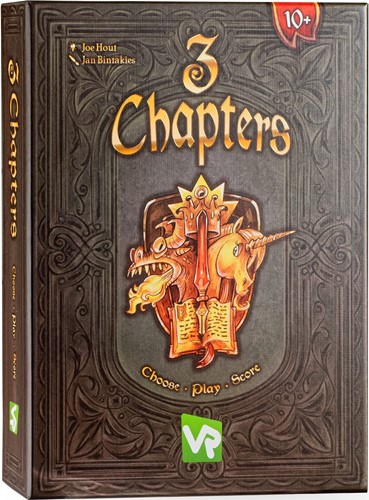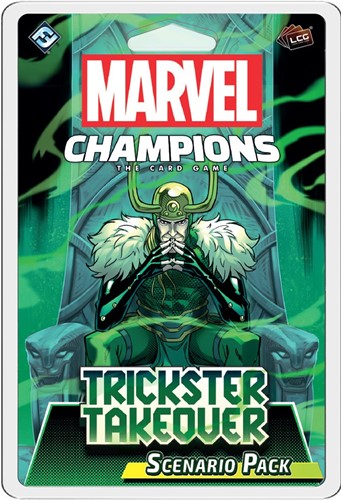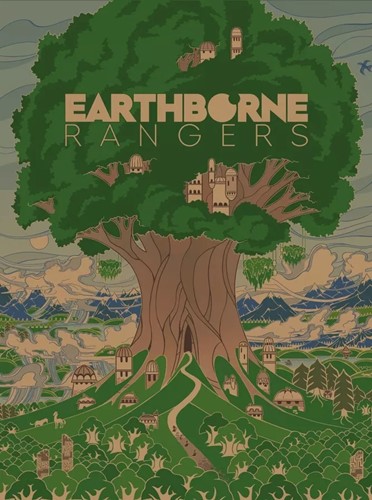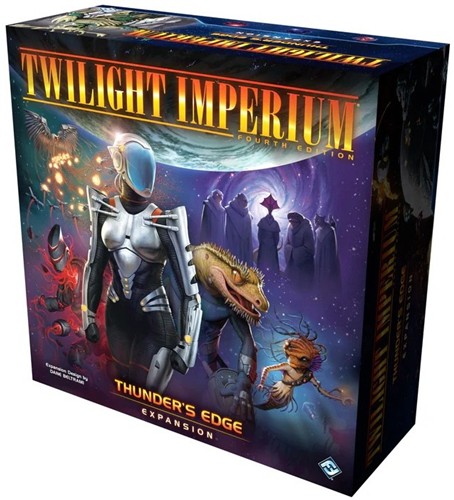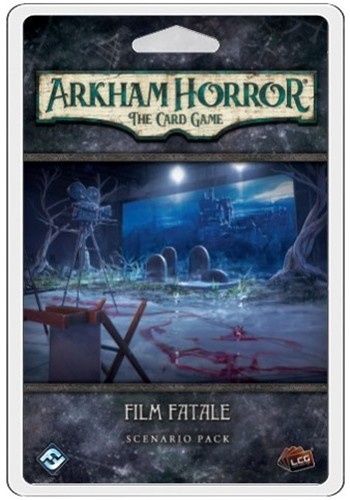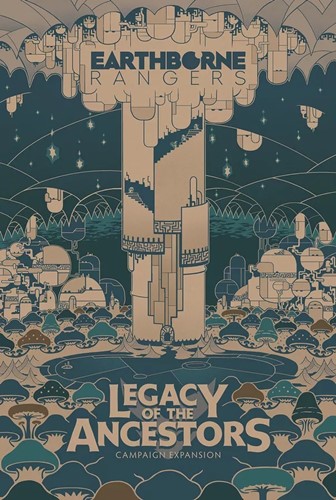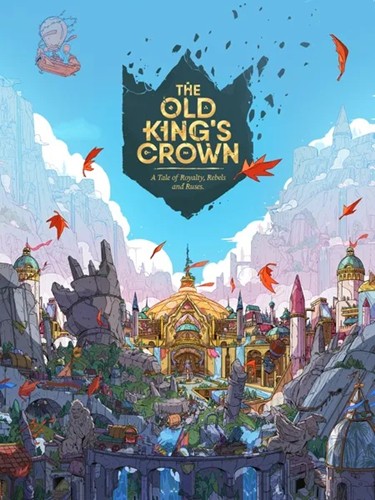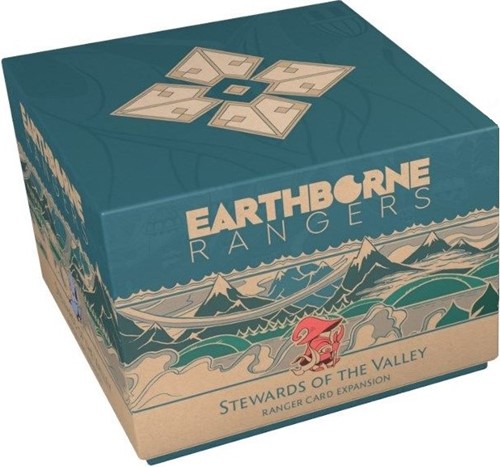Today Glasgow is the biggest city in Scotland and third-biggest in the United Kingdom. Since the 18th century, the city of Glasgow saw a great restructuring. Merchants of the area took the lead in developing what became modern Glasgow, one of the first grid plan cities in Europe. In this competitive game for 2 players, you play as one of those merchants, brokering contracts at the docks and buying real estate with the hope of having the greatest contribution to the new city of Glasgow.
Glasgow is a quick tile laying and resource management game by designer Mandela Fernández-Grandon. Two players of ages 10 and up compete to become the most successful merchant in the city of Glasgow. A variable setup and, at least in the beginning of the game, an undefined placement grid promise a lot of replay value. After approximately 30 minutes, the players score their buildings and the player with most points wins the game.
Players start the game with just one stone and one steel in their warehouse. The "game board" is a circle made of variable action tiles in the center of the table. They depict the river Clyde, or more precisely the architects and contractors who use the river to ship, sell and buy goods. Both players start with their merchant figure on the architect starting tile. Like in Patchwork, the player who is last is the one who does the next turn (or turns if the player stays last in the circle). The player takes the turn by moving their figure to a free action tile, using its action immediately. Contract action tiles offer different kind of actions, e. g., getting or trading goods, activating factories, or doubling the next action. Architect action tiles feature the central build action, which is used to build the city center. In order to build, the player needs to pay the depicted goods of an available building and then place that building in the middle of the circle. New buildings have to be orthogonally adjacent to already-placed buildings. In the beginning of the game, the city grid is undefined and players can add buildings wherever they want. Once the dimensions of the grid are either 5×4 or 4×5, the city center is defined and players can only fill out gaps until the 20th bulding is built and the 4×5/5×4 grid is complete. Afterwards both players count their victory points and the player with the most points wins the game!
Contents: 2 player boards, 14 contract tiles, 36 building tiles, 4 depot tiles, 2 player tokens, 10 wooden brick tokens, 8 wooden steel tokens, 6 wooden gold tokens, 1 wooden whiskey barrel, 1 score sheet & 1 rule book.
No. of Players: 2
Min. Age: 10






